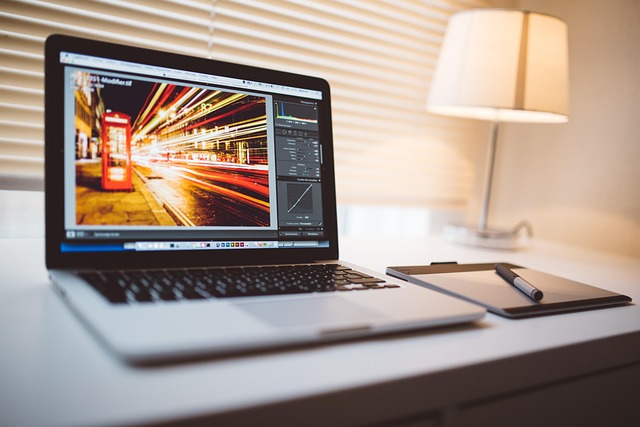In the ever-evolving world of content creation, the importance of mastering image size cannot be overstated. As technology advances, our visuals are often presented on a myriad of display technologies – from ultra-high-definition televisions to high-resolution monitors. Every detail counts, and understanding how to optimize your images can dramatically enhance your audience’s experience.
Imagine prepping for an important presentation, meticulously crafting every aspect of your visual content. You know that the right image size is crucial; too small, and the visuals lose their clarity, but too large, and they might distort or take too long to load. This delicate balance is essential for achieving a striking first impression.
With TV technology evolving towards larger screens and higher resolutions, creators must adapt their image sizes accordingly. A stunning landscape may look breathtaking on a standard monitor, but when transitioned to a 75-inch 8K TV, every pixel matters. The clarity and fidelity of your work should enhance the viewing experience, drawing the audience deeper into your narrative.
When optimizing for different display technologies, consider how viewers will engage with your visuals. Programs that are intended for streaming platforms or broadcast television have different requirements than those made specifically for a desktop interface. Laptops and mobile devices, for instance, have their screen dimensions that can warp or compress images if not correctly handled. Thus, determining the ideal image size for each medium is a rite of passage for every content creator.
Incorporating advanced techniques – such as responsive design and dynamic scaling – can further bolster your effectiveness in delivering optimized images. By utilizing image formats like JPEG, PNG, and WebP, you ensure that your visuals maintain both quality and performance, regardless of the display. Additionally, adjusting resolution settings and understanding the difference between pixel density and size can lead to better image management. Remember, a crisp image can captivate an audience, while a blurred or stretched visual could diminish the impact of your content.
Moreover, with the rise of social media, image dimensions tailored for specific platforms must also be on your radar. Each platform, whether it’s Instagram, Facebook, or Twitter, has its ideal specifications. Knowing these numbers can mean the difference between scrolling past your content or engaging with it. Just like adapting visuals for TV and monitor displays, tailoring them for social platforms showcases your brand’s professionalism and attention to detail.
As you delve into the intricacies of image size, remember that the ultimate goal is to resonate with your audience. High-quality visuals, tailored for the right display technology, can evoke emotions and transmit your message far more effectively than text alone. Embrace the nuances of image optimization and let your creativity shine.




